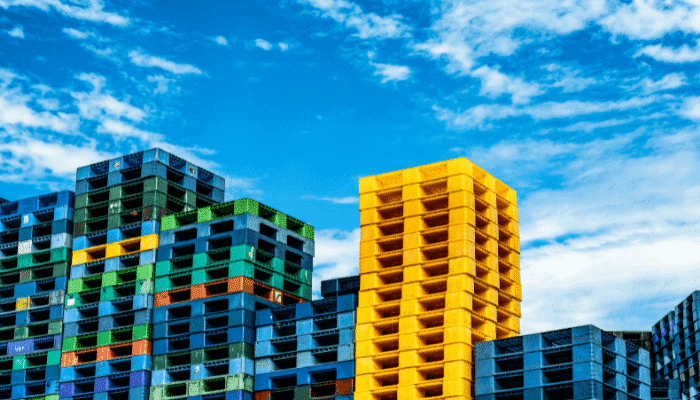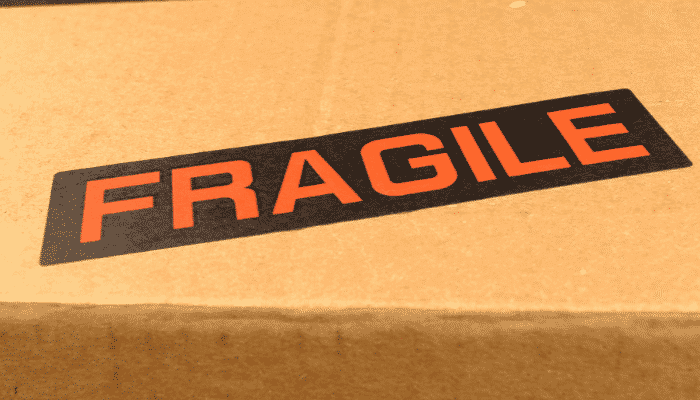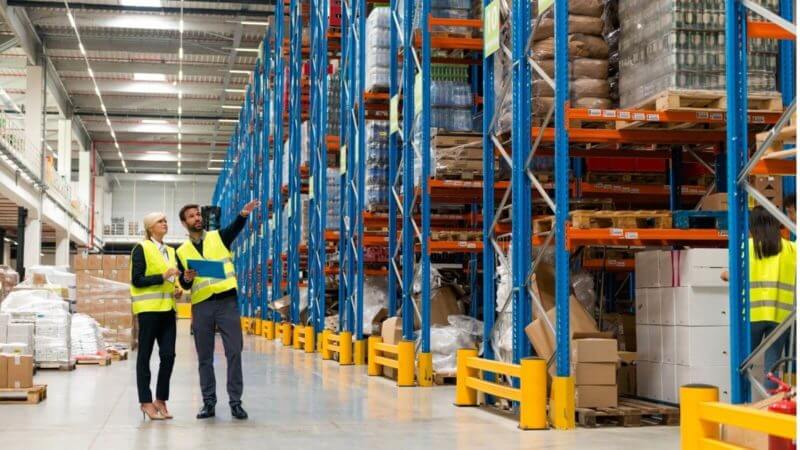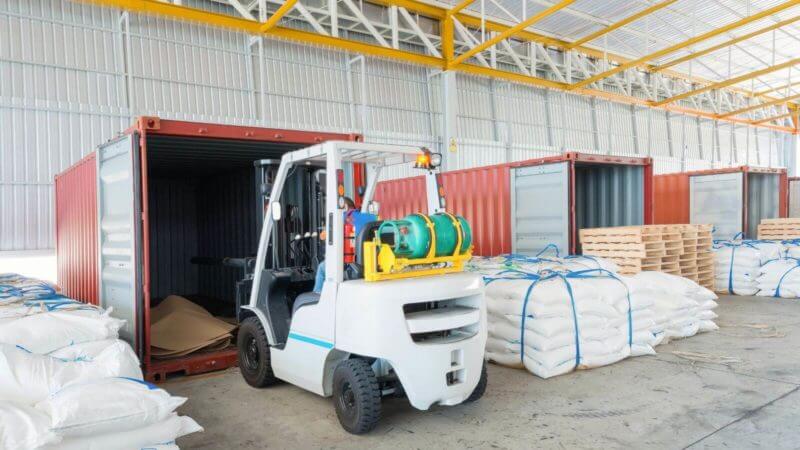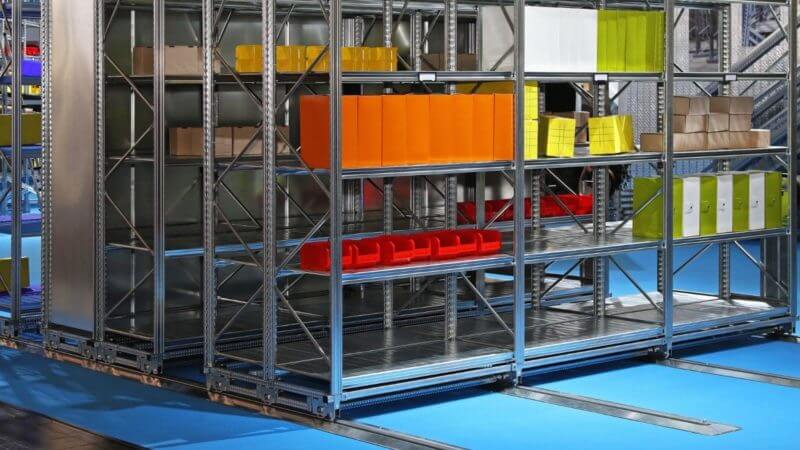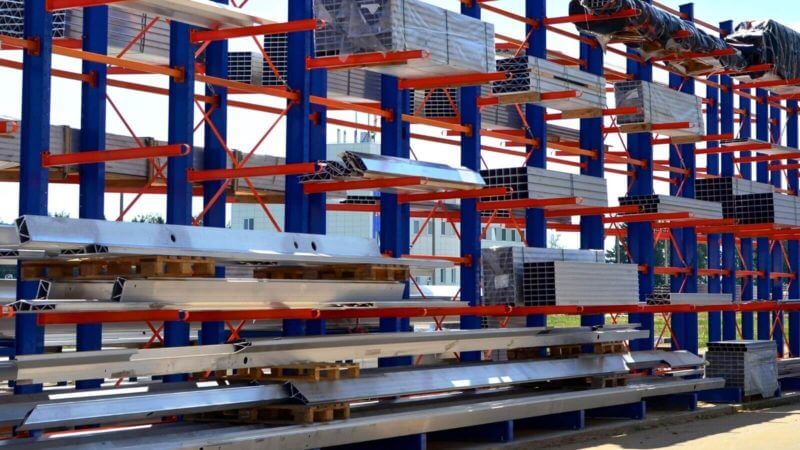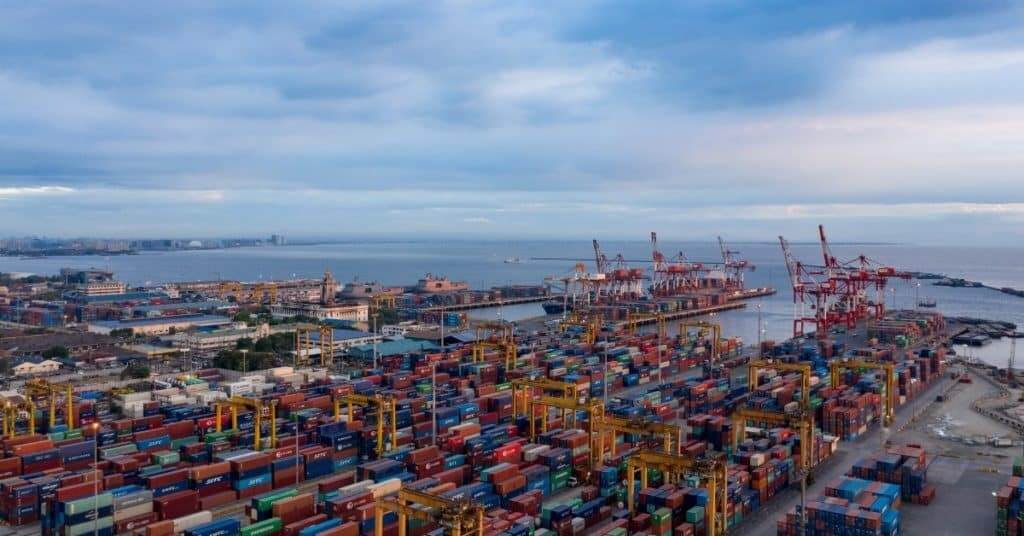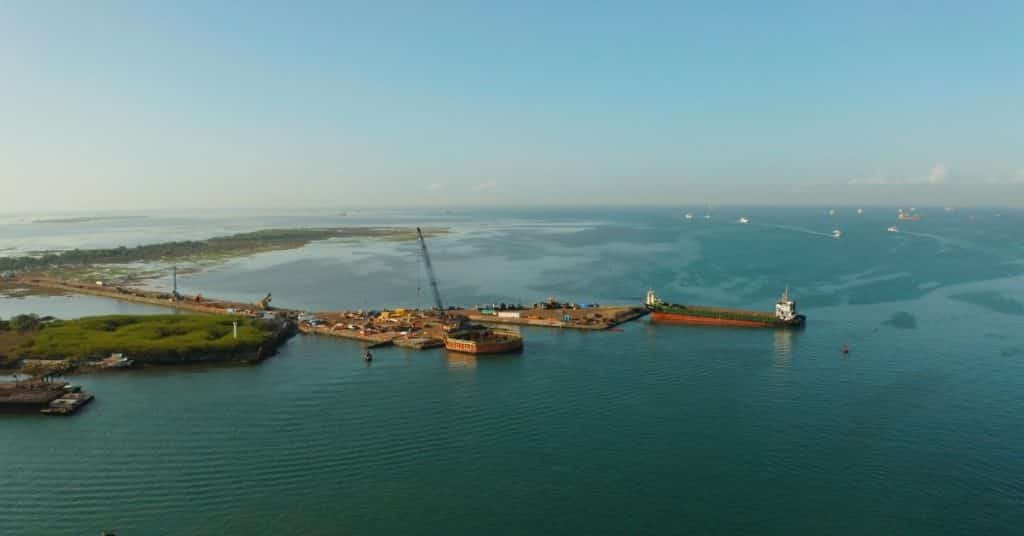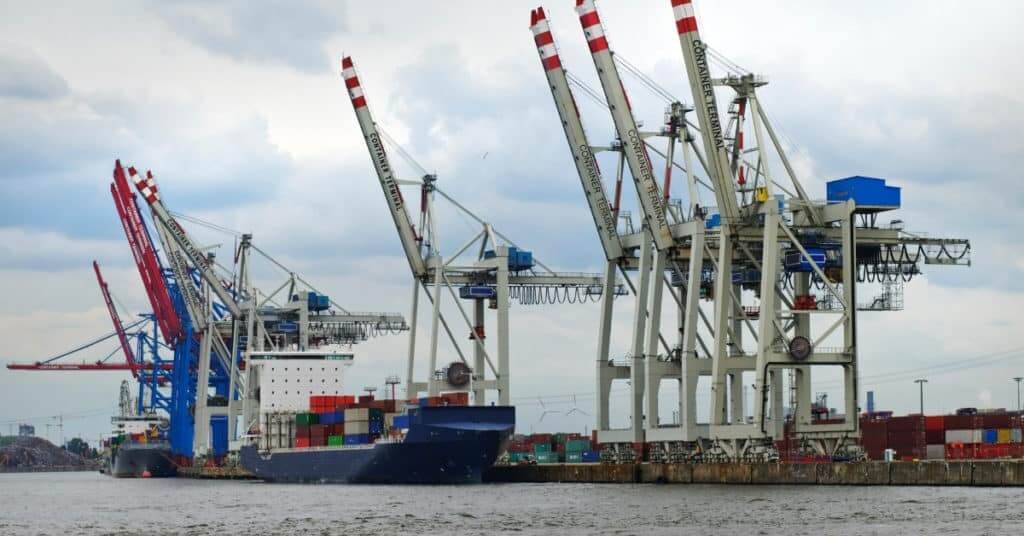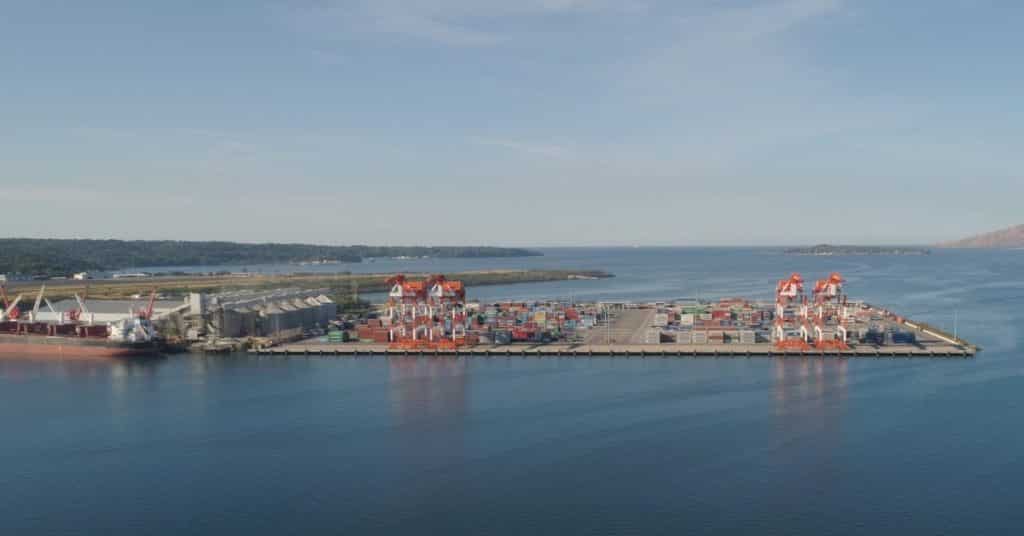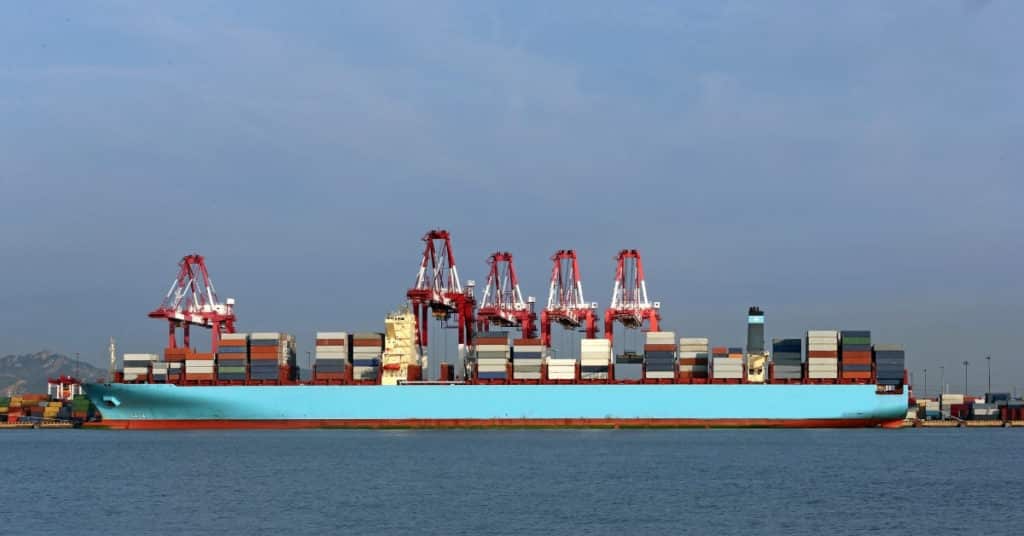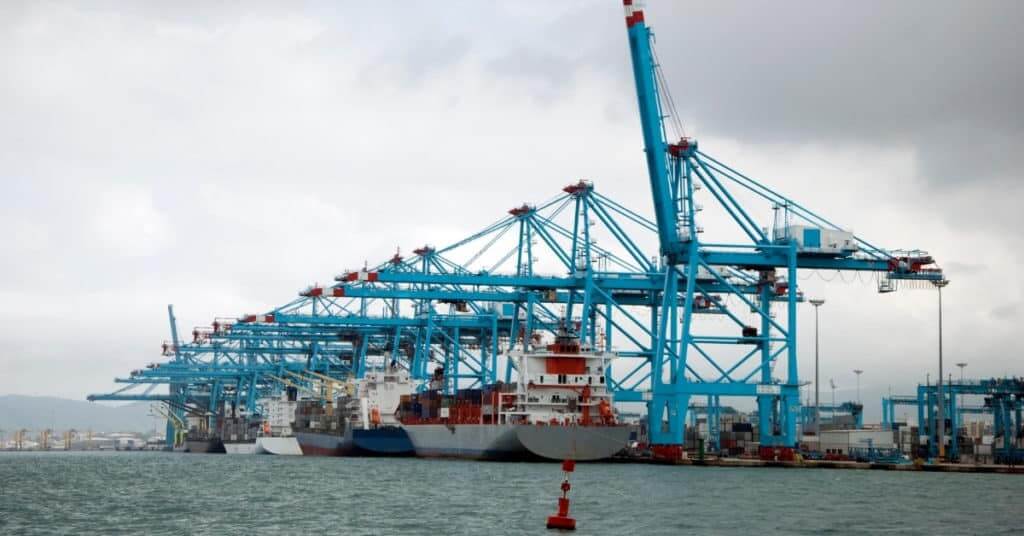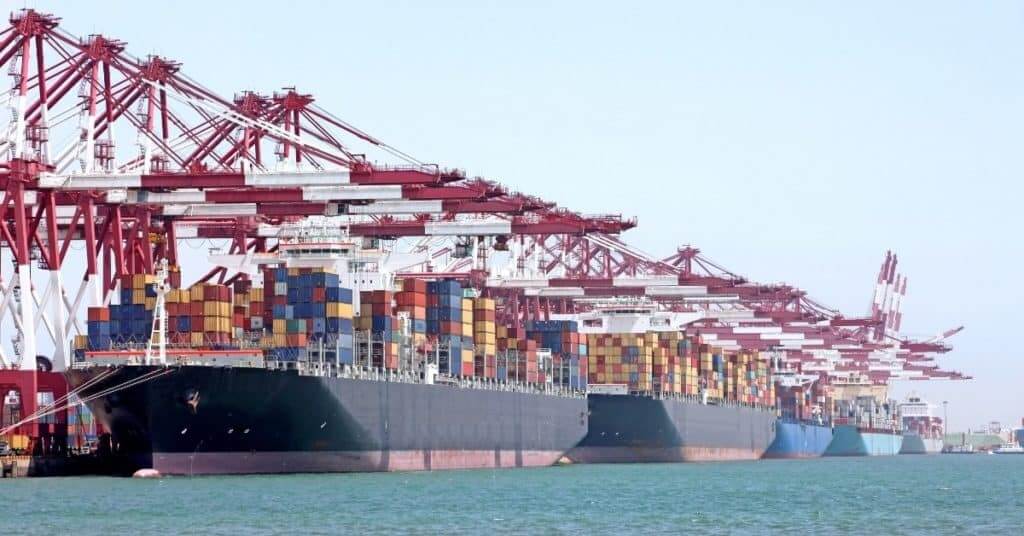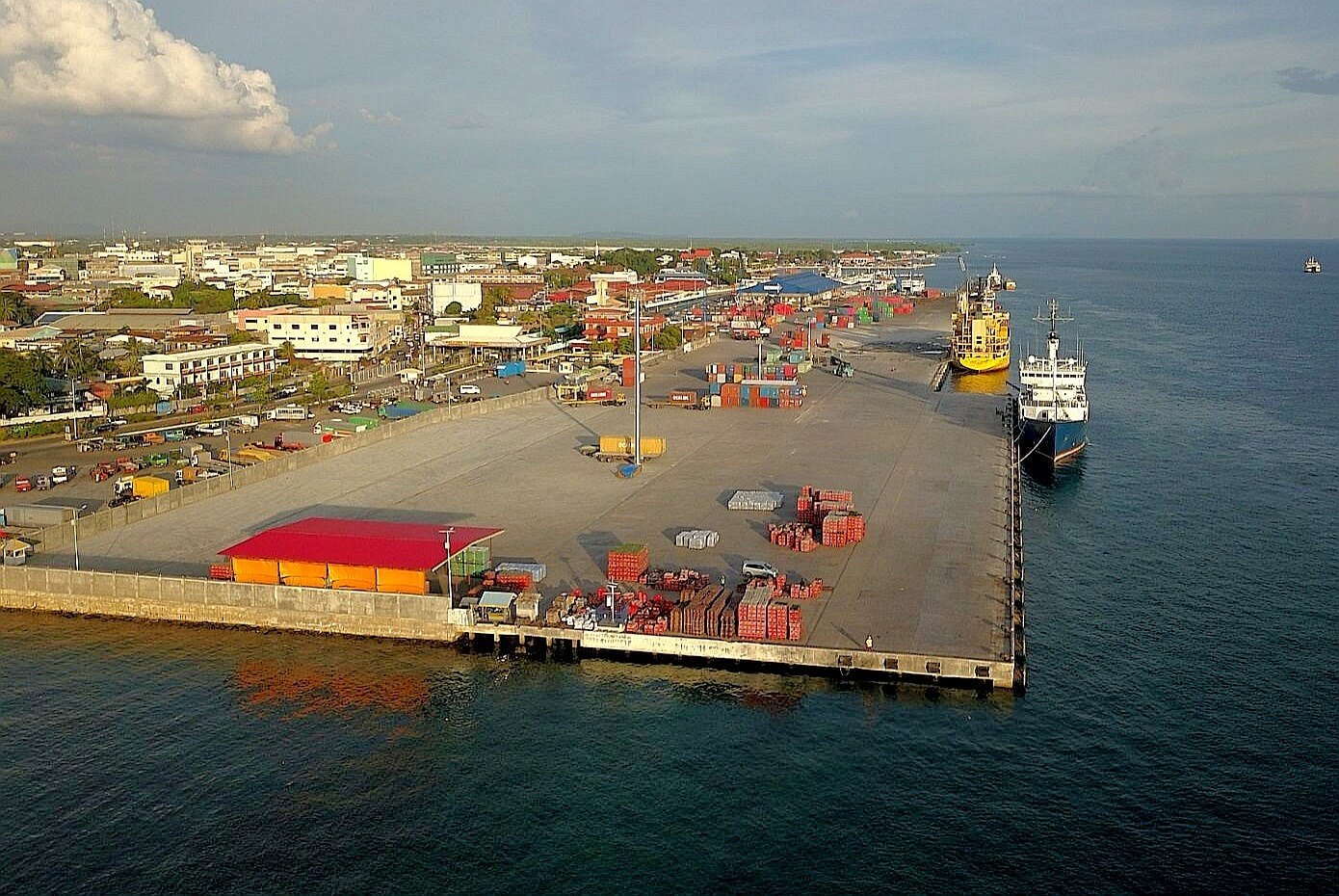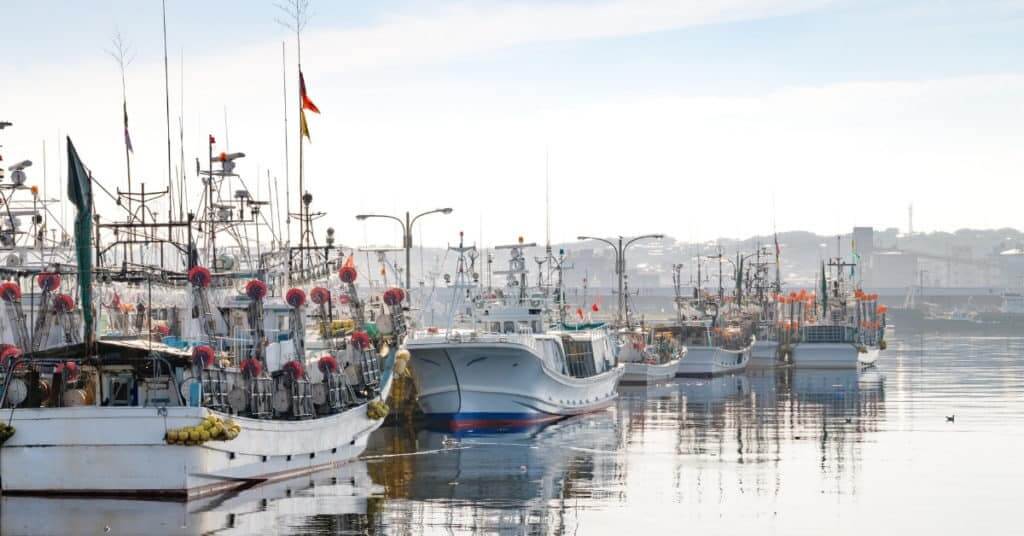Many companies consider the packaging of their products to be a form of communication with their customers. Besides protecting the item inside the packaging, it is a marketing tool that gives information on the product as well as promotes it. The more visually pleasing a package, the more customers it attracts.
Packaging and packing are two words that are often confused with each other. To put it in simple words, packaging is the covering of the individual units of an item that is available to the final customer while packing is the protecting covering or support for such products when they are transported or handled in bulk quantities. Though both these words sound similar and are closely related, they are quite different.

It is the packaged individual products that are put on shop shelves for customers to choose from. The same products packed in bulk quantity are what is often found in the storage area or warehouse of the retailer.
It is from these bulk quantities that individual units are taken to replenish stocks on the shop shelves. Another way of putting it is that individual items are packaged, while the same items are packed when handled or moved in bulk.
Several different materials are used for packaging as well as packing, the most common being plastics, paper boards, and aluminium. These materials have to be sturdy and durable. There are two important aspects to packaging and packing – the technical aspects and the promotional aspects.
The Main Aspects of Packaging and Packing
Among the several technical aspects, most importantly, packaging and packing materials should be resistant to impacts, compression, and stress. During transport and handling, products may be subject to fluctuating temperatures, impact, vibrations, and compressions.
Its promotional aspects include the ability to print promotional matters, statutory information, details of the product, bar codes, shipping marks, handling instructions, etc. The need to affix labels may also be necessary in certain cases.
Packaging Materials
Packaging is the outer cover of a product. It may be a wrapper or a container that holds the item. Packaging may be generally categorized as follows:
- Plastics
- Paper and cardboard
- Mixed plastic and paper
- Metal
- Other types of packaging
Packaging serves two main purposes. It protects the item from damage, deterioration, and tampering or pilferage. Proper packaging ensures that external factors such as extreme temperatures, moisture, light, etc. do not affect the contents of the packages inside. This is especially applicable to food items.
It also promotes the product to the end-user or customer. Packages should be convenient to use for the customer. They should be easily openable and closable besides being easy to dispense the product.
A well-packaged product is better protected from damage, pilferage as well as spoilage. Items that have been packaged well are easy to store and identify. The packaging industry has evolved over the years. These days we have disposable, recyclable, and reusable packaging for products.
Disposable Packaging Materials
Disposable packaging materials are usually for one-time use after which they are discarded. Foam materials and certain types of plastics used for packaging are examples. These find their way to incinerators or landfill sites that is a major cause of environmental pollution.
Besides causing environmental damage, if the disposal of such items is not managed scientifically and sensibly, it can have an adverse effect on the flora and fauna of the region. As such, most organizations go for recyclable or reusable packaging these days.
Recyclable Packaging Materials
Some materials can be reprocessed and reused a number of times before they are finally discarded. Such materials are called recyclable materials. Recyclable packaging materials are usually collected and sorted before being sent for reprocessing. The reprocessed material is used to manufacture packaging material or used to make another item.
An item that would have been otherwise discarded as waste is thus reprocessed and converted into another or even the same type of product. In this manner, such recyclable packaging materials are used several times before they are finally discarded and disposed of safely.
Biodegradable materials are also common these days. These are materials that decompose easily when left exposed to the elements of nature. Plastic wraps, shrink wraps, straps, cartons, etc. are examples of recyclable packaging materials.
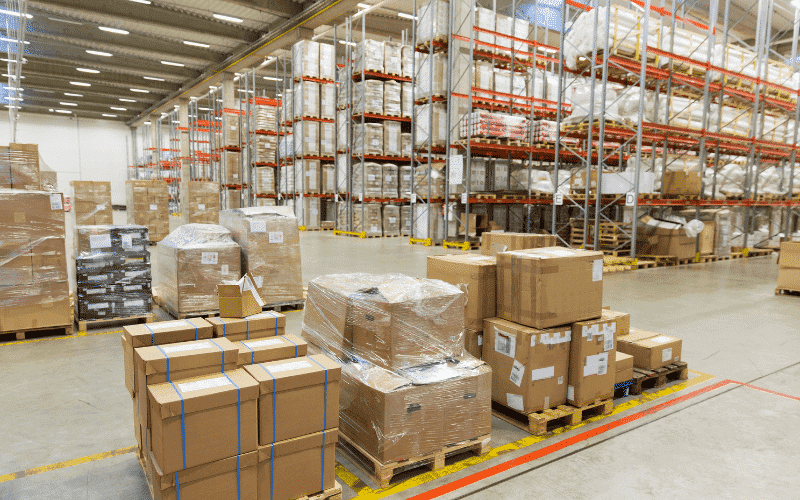
Reusable Packaging Materials
Reusable packaging materials are used several times without having to undergo any major reprocessing. These materials are often very durable and easy to clean. Minor repairs can also be carried out on them to make them ready for reuse.
When reusable materials are used in packaging, most of the time they are returned to the manufacturer by the customer through intermediaries. Automobiles, electronics, and beverage industries are common examples of industries that use reusable packaging materials.
Packing Materials
When several small packages are placed together to form a larger unit for handling or transport, it is said to be packed. Packing also makes use of materials similar to packaging. The main purpose of packing is to protect the smaller packages from damage or theft and for ease of handling and transport.
Packing holds the smaller units together as larger units, which makes it more convenient to handle. Besides, attractive packing is also a form of marketing and communication.
Examples of packing range from modern shipping containers to cartons packed with smaller units inside, pallet loads, shrink wraps to wrap oddly shaped items, etc.
While packing goods, packers must ensure that the packages are secured properly and the load is evenly distributed within the packing. Since Material Handling Equipment (MHE) such as forklifts, cranes, hoists, lifts, conveyor belts, etc. may be used to handle such loads, packing should be in such a way that they can be handled easily by such equipment. They must also be compatible for storage in racks or other standard storage facilities.
New product development projects often include the packing and design of the product.
Trends in Packaging and Packing
Environmental concerns and the need for cost reduction have had an impact on packaging and packing. Organizations are laying more emphasis on the usage of packaging and packing materials keeping these two points in mind.
Innovations in the field of packaging and packing have helped organizations meet these goals. Reduction in the materials used, the use of smart packaging, usage of reusable or recyclable materials, and space-saving designs are some of the other methods employed by them to bring down costs while at the same time reducing the negative impact on the environment.
Marine Insight
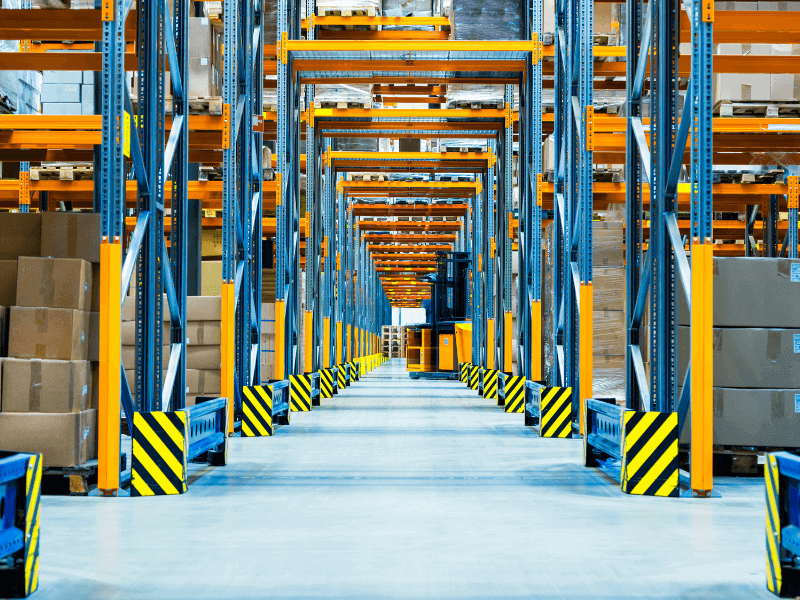

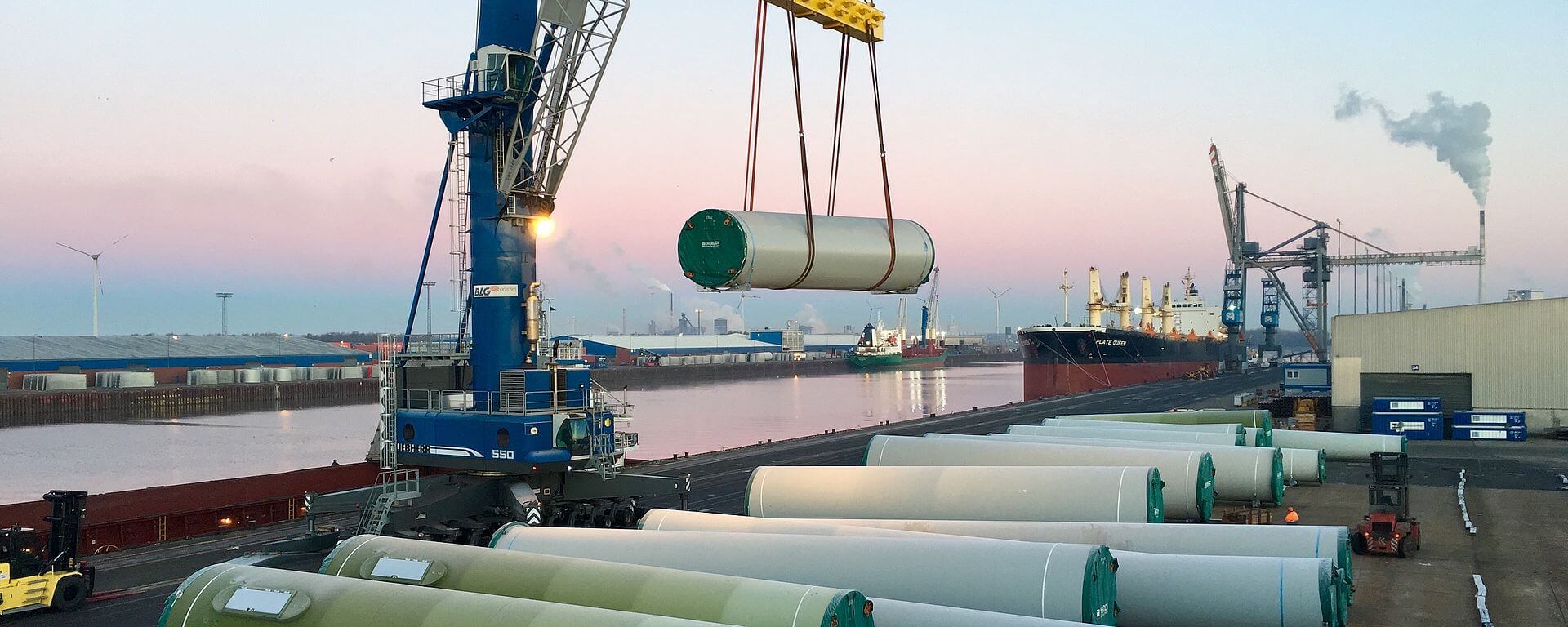
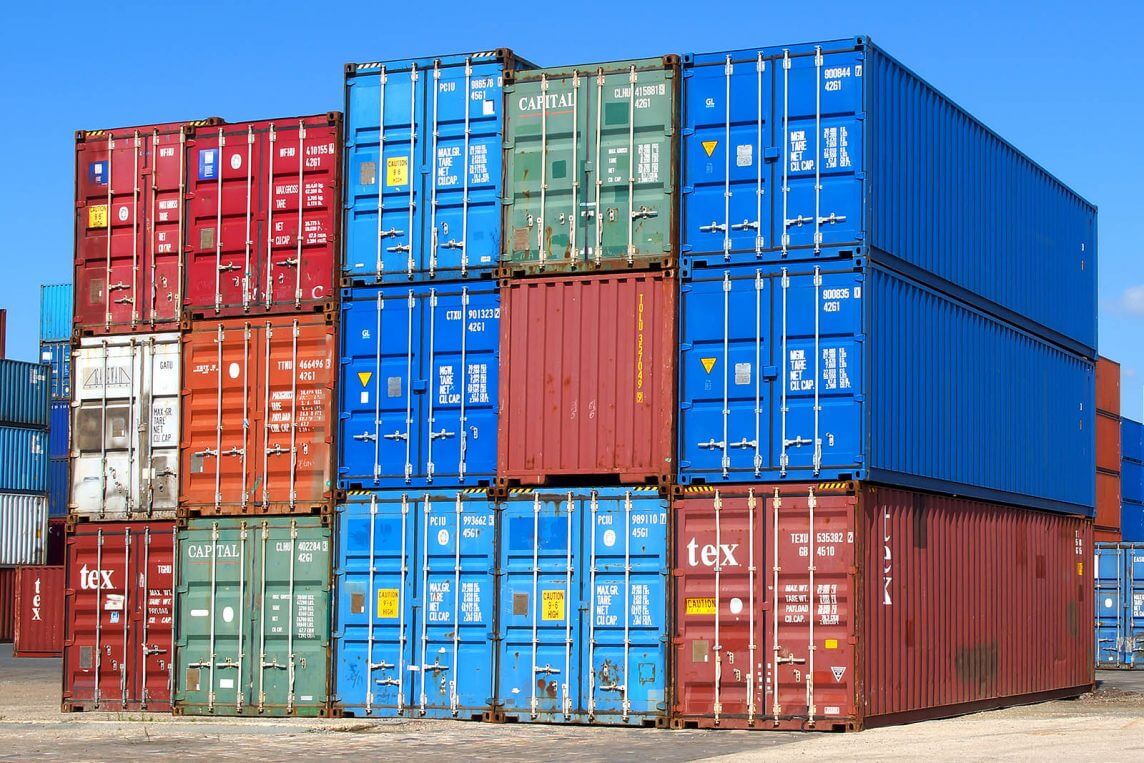

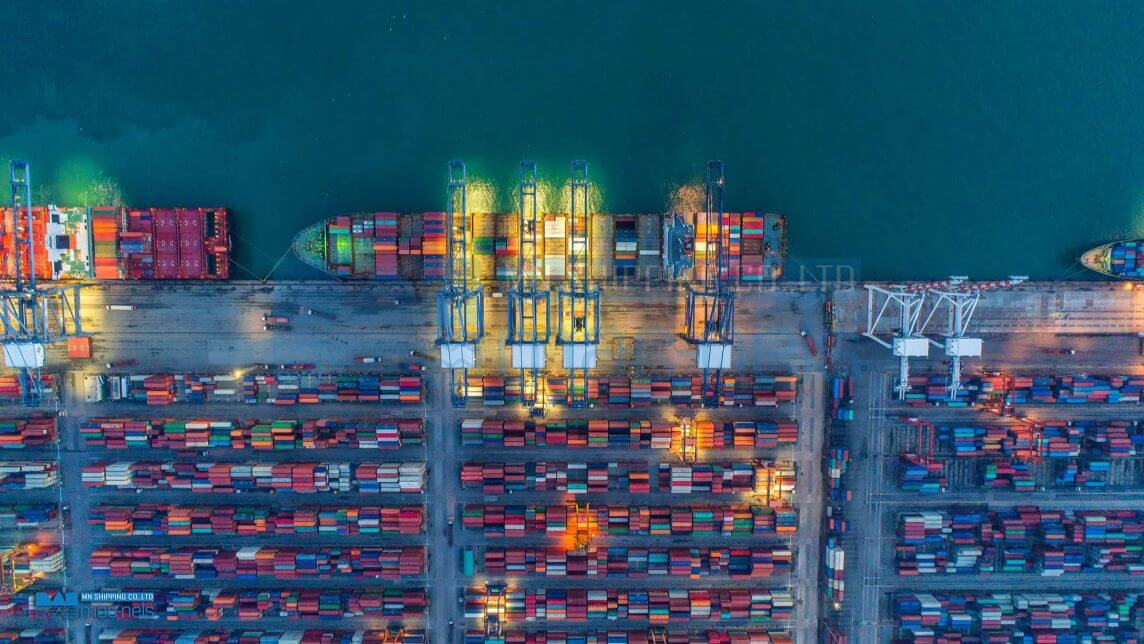
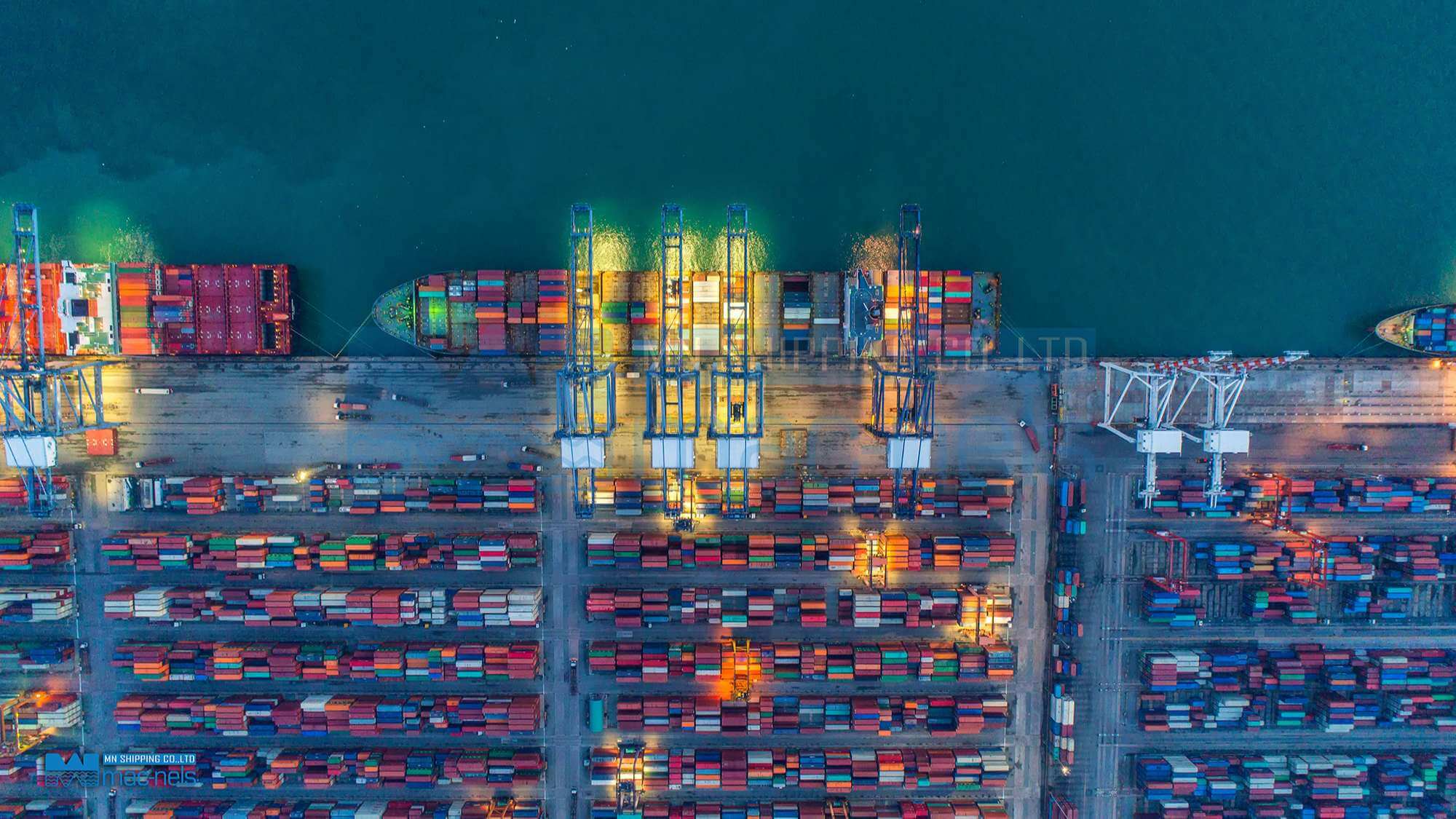
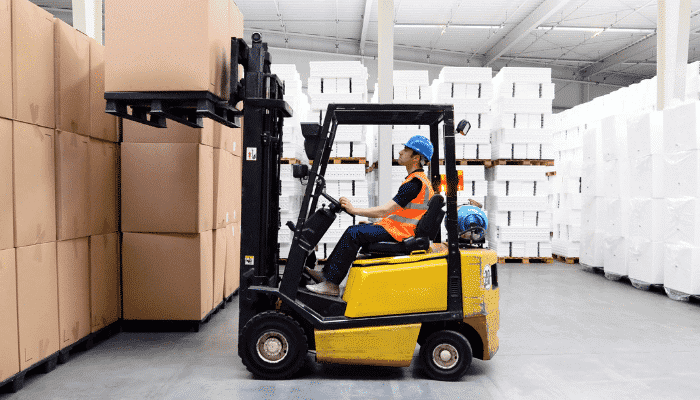
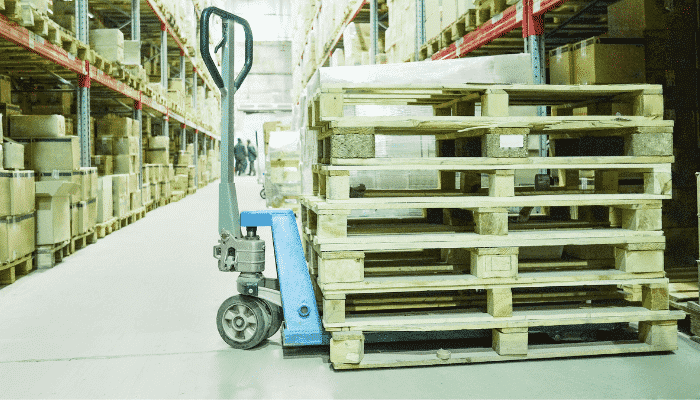
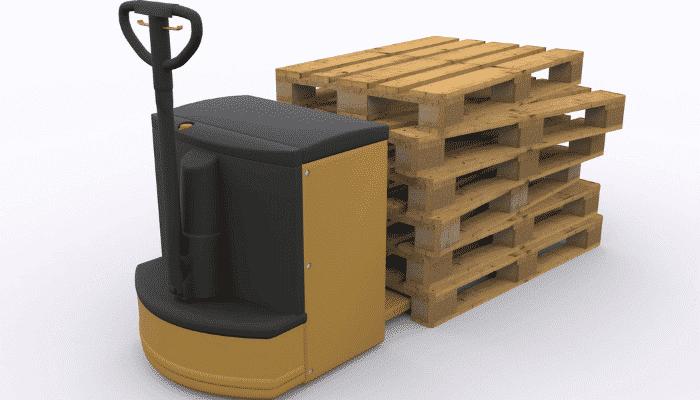
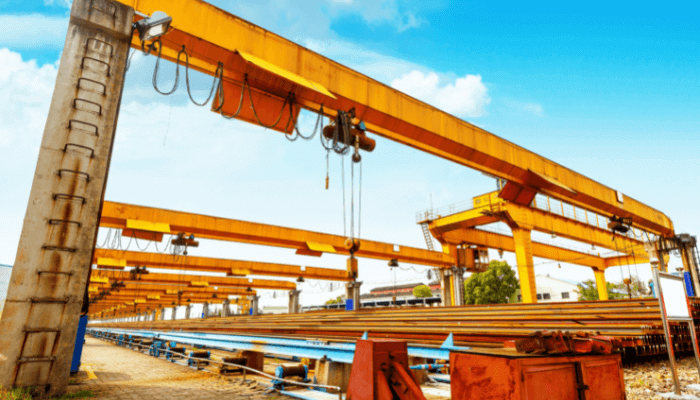
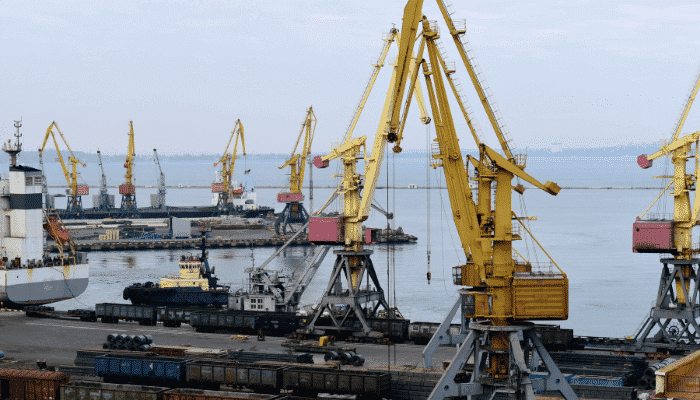
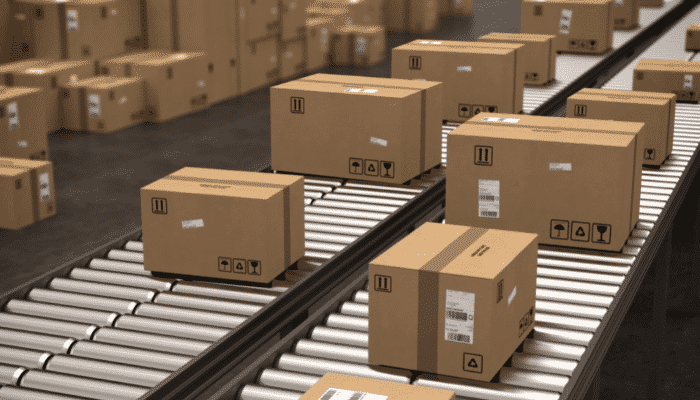

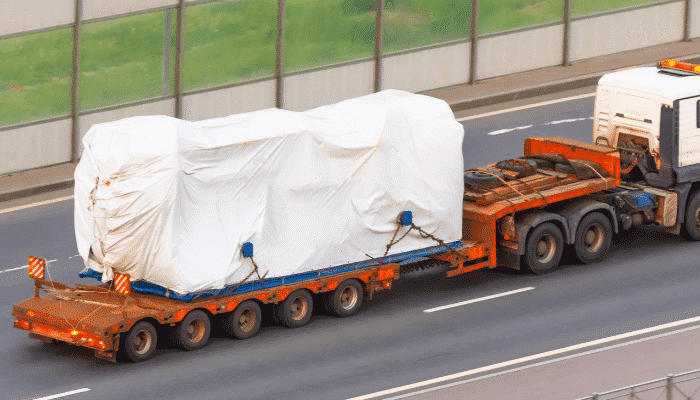
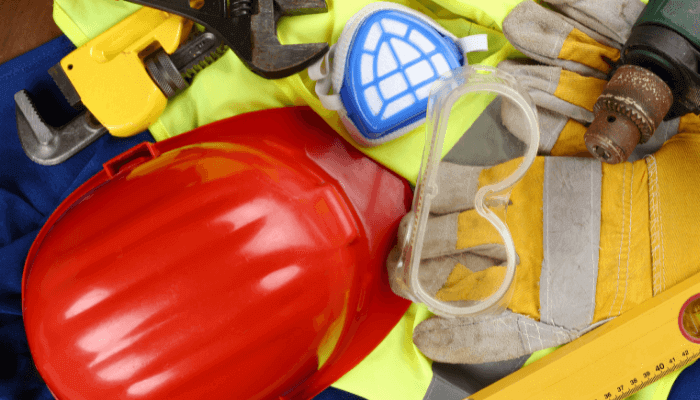
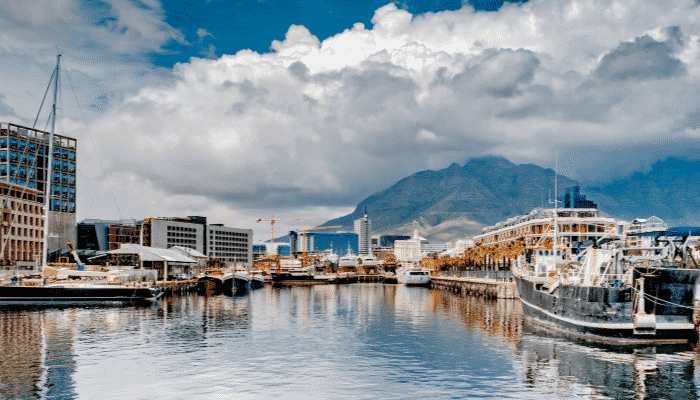
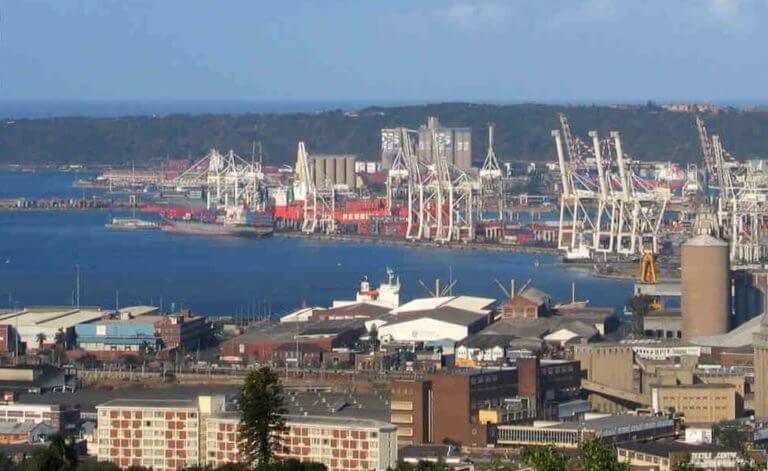
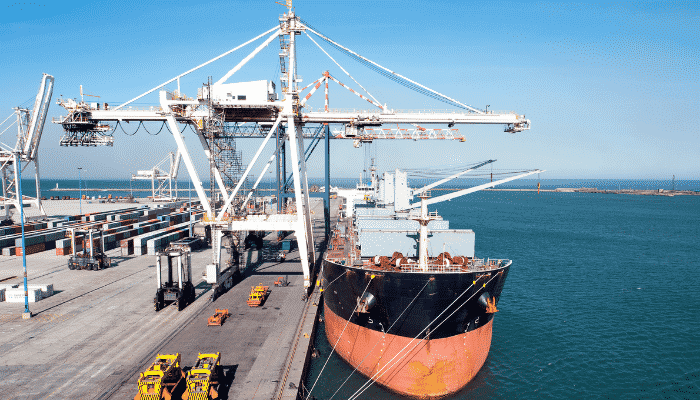
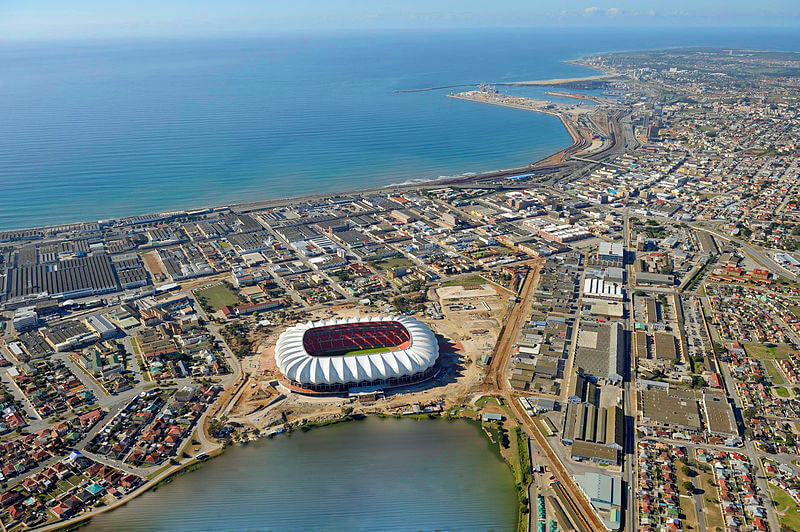
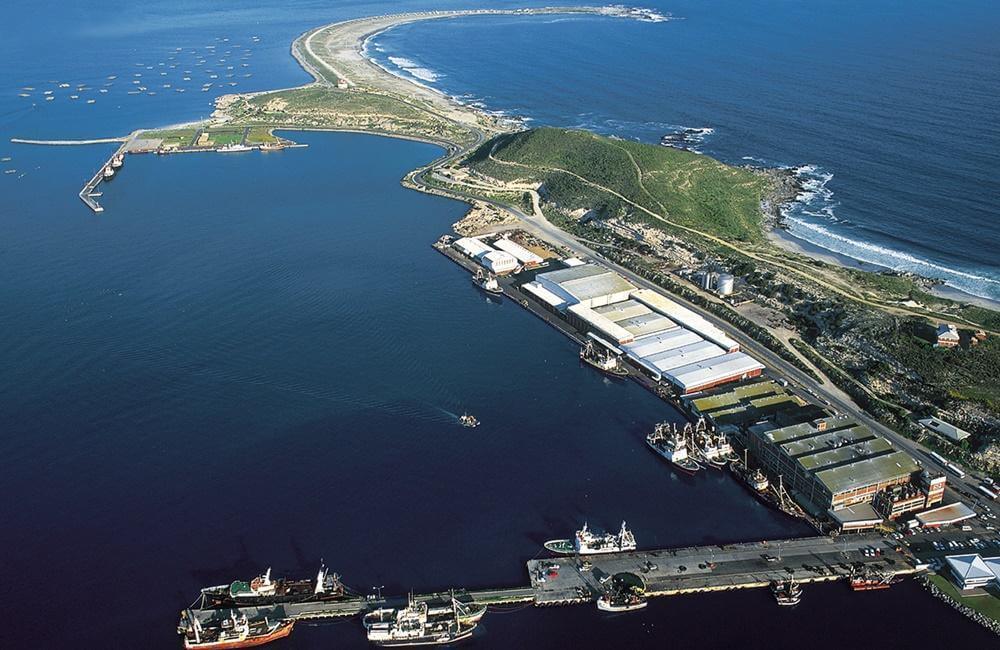
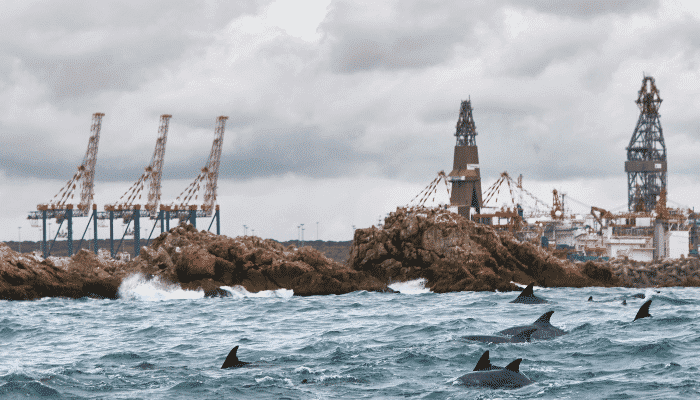
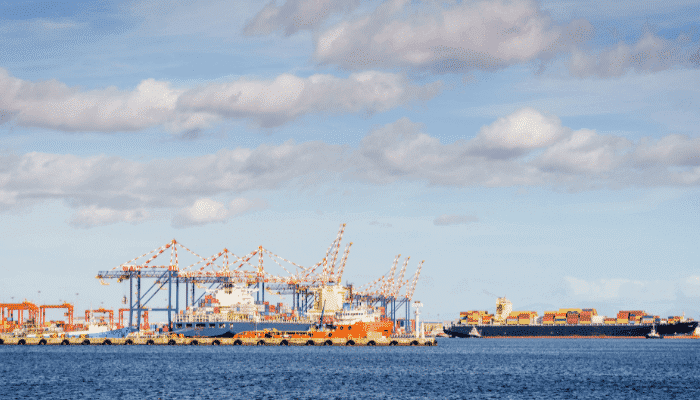
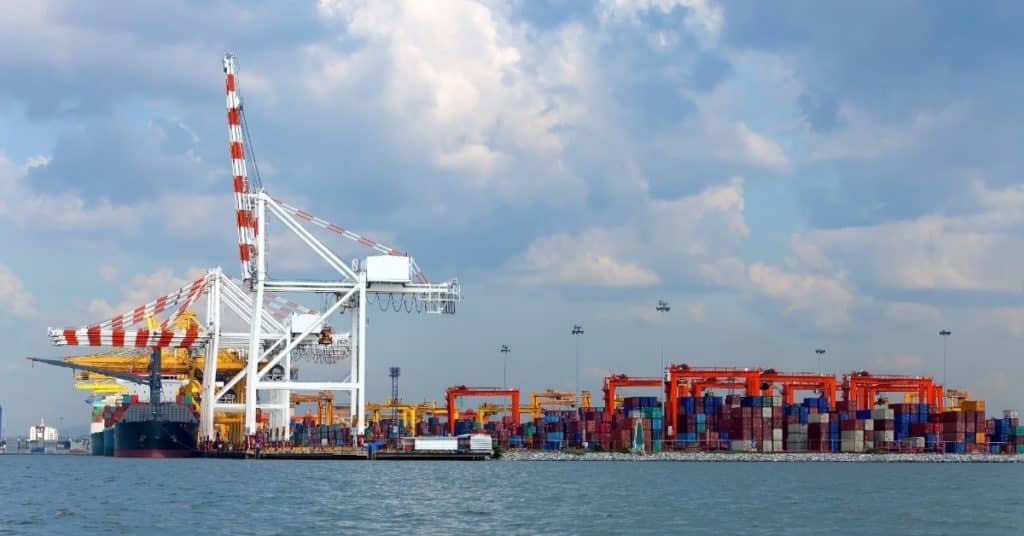
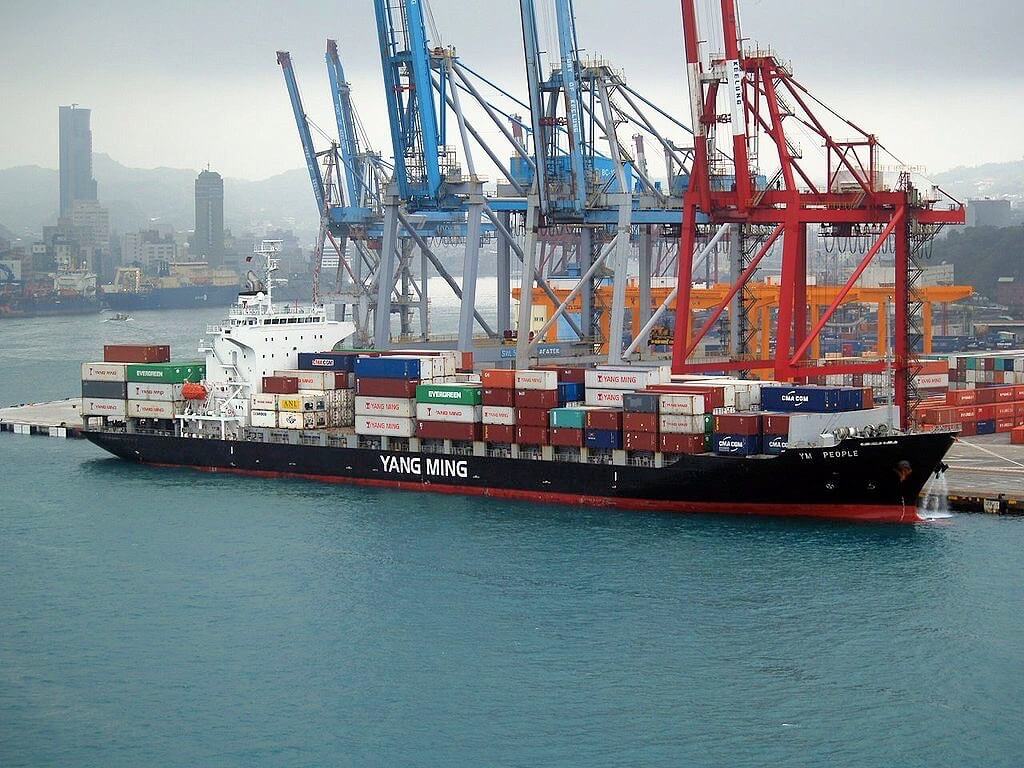 However, these less than container loads are consolidated with other similar LCLs and packed inside a container to form a full container load or FCL, and that is how we see the container-laden vessels going about!
However, these less than container loads are consolidated with other similar LCLs and packed inside a container to form a full container load or FCL, and that is how we see the container-laden vessels going about!